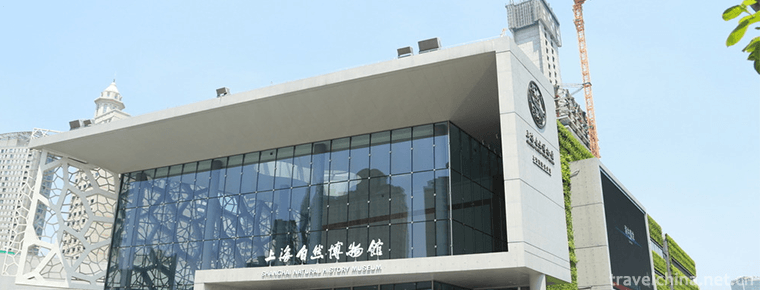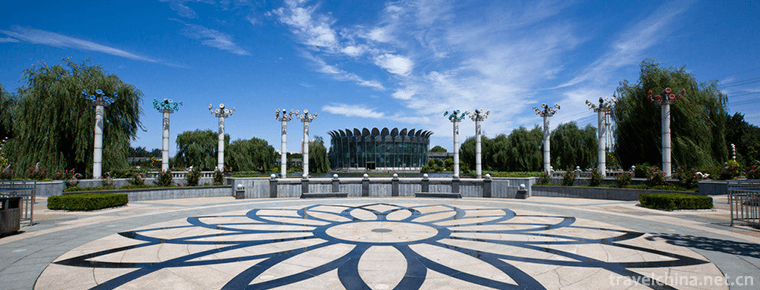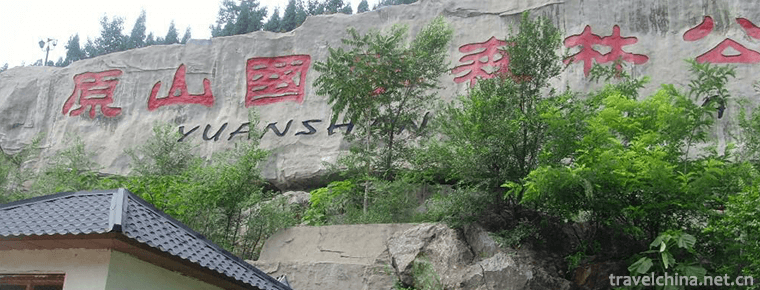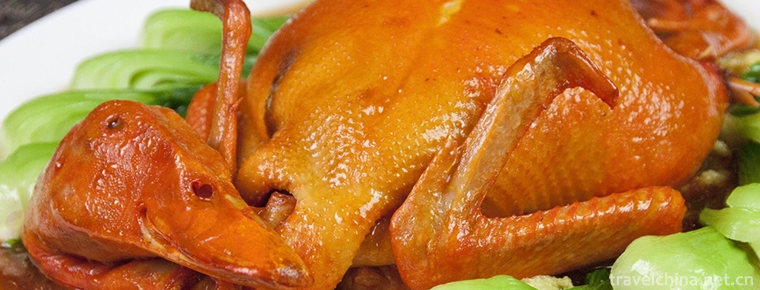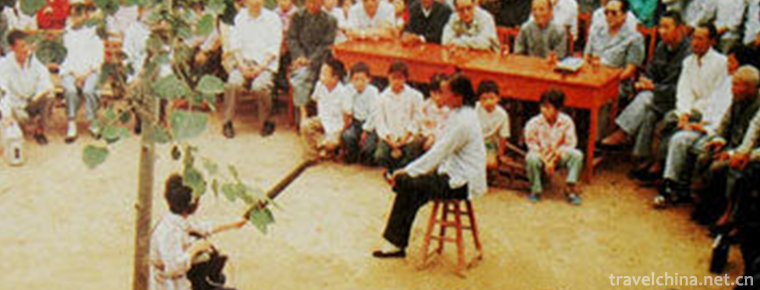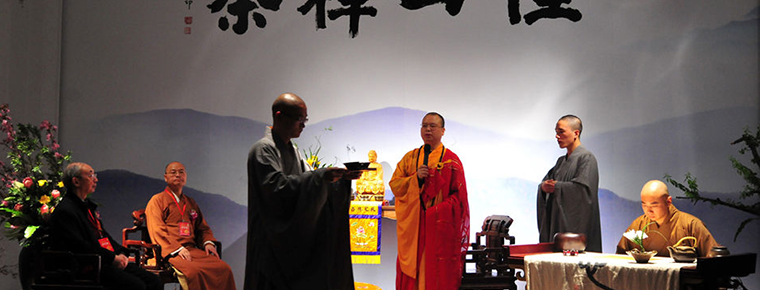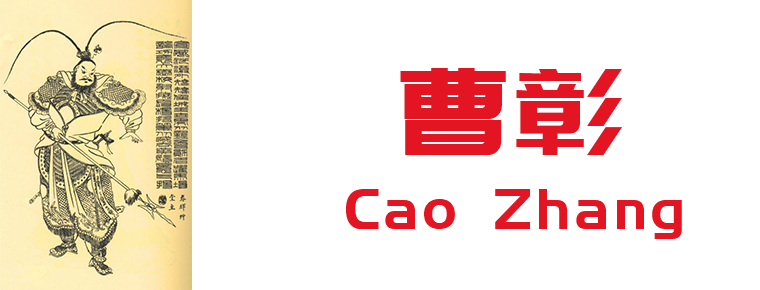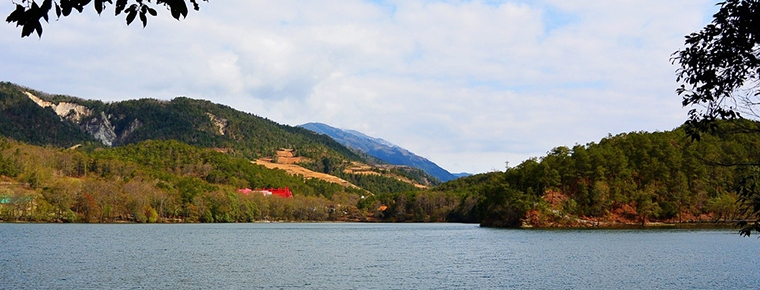Ying Luohan
Ying Luohan
Yingluohan is a form of traditional folk entertainment which integrates martial arts and folklore in the traditional festival activities in Jinyun County, Zhejiang Province. This kind of activity also exists in other parts of Zhejiang Province.
On May 23, 2011, Yingluohan declared by Jinyun County, Zhejiang Province, was listed in the third batch of national intangible cultural heritage list with the approval of the State Council.
historical origin
Background of origin
Luohan is the incarnation of the vast majority of Shentong, which has been highly worshipped by the people of Jinyun since ancient times. Therefore, the people respectfully call "Luohan" who is strong and skilled in martial arts, and the team who practices martial arts as "Luohan Ban". Every festival, "Ying Luohan" means that Luo Hanban gathers to meet villages to exchange performances. According to the relevant records of Song History and Jinyun County Chronicle of Qing Kangxi, Gaozong in Song Dynasty defended foreign invaders, practised martial arts and defended himself. The village was called "Luohan Ban" by the people. Later, the performance form of "Ying Luohan" was integrated into traditional festivals, temple fairs and other activities, and passed on from generation to generation. By 2011, there were more than 30 Luohan Bans in the county, distributed in more than 50 villages in more than 10 townships in the county, and they were active in local traditional festivals and major temple fairs.
Ying Luohan is a traditional festival in Jinyun Village. Every year, when the temple opens on July 7th, the county countryside forms a team of Luohan, big trumpets, gongs and drums, followed by Mao Gong Banner (Long Banner), followed by Luohan Team, 36 lines, 18 foxes, Tongqian Whip and Yangko Team. The team starts from the village and walks to the village. Fixed temples, along the way through the villages are to tea, lunch reception, firecrackers, gongs and drums pick-up and delivery, the temple front set up 2-5 stage, amateur and professional theatre performances or critique theatre, lively. The main purpose of this festival is to beg for good weather, more than one year a year, and peace in the world.
Legend of Origin
According to the Song History, in the autumn of the fourth year of Jianyan, Emperor Gaozong issued an edict to "recruit militias from the right (landlords) to prevent the Jin soldiers from descending southward by setting up dangerous fences". At that time, the Xiandu School of Wushu was already prevalent in Dongxiang. With this opportunity, the Rohan Ban Luohan Team was quickly established.
Another is that during Xuanhe reign of the Northern Song Dynasty, Fangla rebelled in Muzhou, and the rebellion teams involved all parts of Jinyun. At that time, the Rebels were fighting under the banner of Manichaeism, and "greeting Arhats" was a form of Manichaeism uprising at that time. At the end of Yuan Dynasty, the peasant uprising was also the banner of Manichaeism. Later, the uprising was cruelly suppressed. As a form of peasant uprising, it was secretly handed down by the appearance of folk dance.
Form of activity
Ying Luohan is attended by one or more Luohan classes, with dozens to hundreds of people in each class. Before the opening ceremony, each class should hold a solemn flag ceremony in the village, and then assemble at the designated place. According to the agreed route, under the leadership of the front flag and the god's banner, accompanied by the avant-garde and the sound of gongs and drums, they trample the streets in a word-long snake array. Every village will choose a wide venue to perform in turns, mainly in the form of the Arhat Front. To play martial arts, to fold Arhats and so on.
Yingluohan is one of the most representative folk performing arts handed down from Jinyun County, which is divided into Yingluohan, Dieluohan and Back Luohan.
Arhat Ban
Team composition: The team of Luo Hanban is divided into the front team and the rear team.
Soundware and props: the front team has a god's banner, incense pavilion, copper coin rope (commonly known as meteors), trumpet pioneer, gongs and drums. The rear team has the Arhat Flag (i.e. the front flag, oyster flag), four-door fork, stick, spear, shield, mace, double knife, Leigong crutch, bell fork, Luohan top, etc. This magnificent class of Luohan, with more than 100 people, has not only the banner and the name of the great momentum, but also the various weapons in the eighteen kinds of martial arts. It seems to be the equipment of an ancient military contingent.
The drilling methods: Eight Diagrams Array, Continuous Array, Plum Blossom Array, Longmen Array, Knotting Array, Wanzi Array, Luo Cheng Array.
This array is also a way to imitate the ancient military array. Flags moving, gongs and drums roaring in the sky, and voices everywhere, this is the evolution of the ancient war front.
All kinds of martial arts performances: there are singles playing sticks (dancing sticks), there are dismantling sticks (pairs of practice). In the practice of spear and shield, many teenagers form a square to compete with each other. There are also double knives, double maces, thunder crutches and single stools. Among them, there is a routine called single-handed swing, which is Arhat Quan, played by eighteen young descendants in a square formation. The fluttering clothes and the power of tigers and tigers are just like the disciples of Shaolin Temple going down the hill.
Ying Luohan
Ying Luohan is a traditional festival in Jinyun Village. This Festival is mainly held when the temple opens on July 7th of the lunar calendar every year. The countryside of the county forms a team of Luohan, including trumpets, gongs and drums. The Mao flag (long flag) follows closely. The team of Luohan, 36 lines, 18 foxes, copper coin whip and Yangko start from the village. Walking to a fixed temple, all the villages along the way need tea, potluck, firecrackers, gongs and drums, and 2-5 stages in front of the temple tower. Amateur and professional theatres are invited to perform or call the theatre, which is very lively. This kind of festival mainly begs for good weather, more than one year a year and peace in the world.
Human Pyramid
Pillar: Choose the bigger altar, wear antique clothes, big belt, composed of strong people Ren Luohan pillar (by pillar, pillar, pillar) and around, front and back four people (called wing insertion) and Luohan top, a total of 8-12 people.
Luo Hanban's pivotal performance is the repetition of Luo Hanbans. The lowest circle of human walls is the strongest man. He puts his hands on each other and forms a barrel-shaped circle. On the second floor, there were a few people, stepping on the shoulders of the men on the first floor. There are fewer people in the third circle. In terms of height, it has reached more than four meters. The top level is Luo Handing, dressed as a dramatic character by a child. Children who dress up as Luo Handing should be handsome and brave. How does this boy from Luohanding go up? It is a trunk-shaped wooden frame called Lohanto, which is supported in four directions at the same time. Up and down, step on the shoulders of adults, face out, hand in hand, is also surrounded by a circle. Looking at the Luohan Peak against the blue sky and white clouds, everyone pinched a sweat for them. But the children were laughing and moving around in circles. This pile of Arhats, some folded into well-shaped, some folded into flower baskets, and some folded into archways, but also a hundred patterns. The highly skilled Rohan Team will eventually have to perform bridging. I have had the privilege of seeing it once. That's wonderful! When the bridge was built, a group of elite Rohan players first stood at a certain distance in one direction. Each rides a man on top. With a sudden sound of gongs and drums, the man's body gradually falls back. Attention, this is riding on other people's neck back, a shake, around the visitors, can you not pinch a sweat? But the back-leaner slowly stretched out his hands and caught the other back-leaner's thigh. It's also a wonder that a row of men are so connected into one bridge after another. With the completion of this music bridge, the audience's applause, also like waves, waves rise. When the bridge was built, the boys and girls who played the role of Luo Handing passed through a curved bridge surrounded by adults. This bridge is not as easy to walk as a wooden bridge. It's soft and shaking when you step on it. As a man of bridge, he must keep his breath up at this time. Although it is tied up in the waist belly, to withstand the trample of more than 40 kilograms of weight of children, it is not good. At this time, there was no distinction between the sound of gongs, drums or cheers, shouts or screams. In short, it's like a boiling pot. So far, the performance of Luo Hanban reached its climax. Anyone who has seen the performance of Jinzhu Luohan Ban will not praise it. No wonder Jinzhu's Luohan team performed in Lishui and Hangzhou.
Back Arhat
Back Luohan: After folding Luohan, firecrackers burst out, Luogu Xuan Tian, Lock Na and trumpet sounded, around the patio for 8-10 laps, and the most spacious road in the village was welcomed along the street. The audience followed closely and was very busy. This was mainly for begging for good luck and good harvest.
Inheritance Significance
Yingluohan, as a folk entertainment performance, adds joy to the festival and is deeply loved by the masses. It has distinct local characteristics and rich cultural connotations, and has high artistic appreciation and historical and cultural value.
Inheritance and Protection
On May 18, 2010, the Ministry of Culture of China announced the third batch of national intangible cultural heritage list recommended projects (new entries). Jinyun County of Zhejiang Province declared "Yingluohan" as the intangible cultural heritage of traditional sports, recreation and acrobatics.

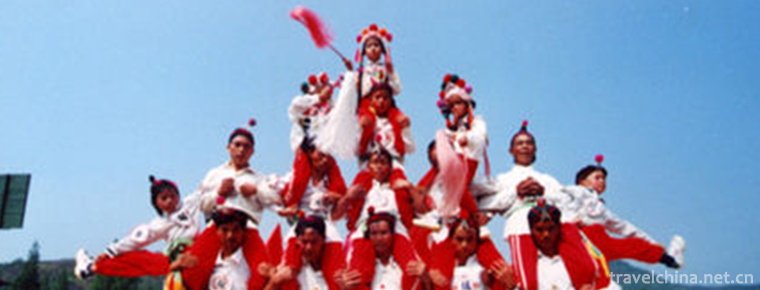
Ying Luohan
-
Shanghai Museum of Natural History
The Shanghai Museum of Nature (Shanghai Science and Technology Museum Natural Branch) is one of the largest natural museums in China. Located in the center of Shanghai, Address: 260 Yan'an East Road,
Views: 384 Time 2018-12-15 -
Beijing World Flower Garden
The World Flower Grand View Garden is located on the north side of Nansi Ring Auxiliary Road and the east side of Jingkai Highway in Beijing. It has superior geographical position and convenient trans
Views: 150 Time 2018-12-26 -
Yuanshan National Forest Park
Yuanshan National Forest Park is located in the southwest of Boshan District, Zibo City, Shandong Province. It was established in 1992 with the approval of the Ministry of Forestry.
Views: 179 Time 2019-03-09 -
Eight treasures duck
Babao duck is a characteristic traditional dish in Suzhou, which belongs to Shanghai cuisine and Su cuisine. But it is best cooked by the old restaurant in Shanghai, Town God's Temple
Views: 232 Time 2019-03-27 -
Gengcun Folk Stories
Gengcun Folklore Gengcun Folklore, the traditional folk literature of Gaocheng City, Hebei Province, is one of the intangible cultural heritage at the national level.
Views: 153 Time 2019-05-01 -
Jingshan tea banquet
Jingshan Tea Banquet, born in the Longevity Chan Temple of Jingshan, Jingshan Town, Yuhang District, began in Tang Dynasty and flourished in Song Dynasty. It has a history of more than 1200 years
Views: 116 Time 2019-05-08 -
Cao Yu pen name of Wan Jiabao
Cao Yu (September 24, 1910 - December 13, 1996) writer better known as Cao Yu Xiaoshi, Xiaoshun Jia, Han nationality, native to Hubei. Qianjiang Born in a declining feudal bureaucratic family in Tianj
Views: 297 Time 2019-09-07 -
Cao Zhang
Cao Zhang (189 years - 223 August 1st), Zi Zi Wen. Pei Guo Qiao County ( Anhui People in Bozhou. Three countries period the Wei state of the Three-Kingdoms Period Imperial clan, general, Wei Wu Di Cao
Views: 184 Time 2019-09-15 -
Yi sea
The Yi sea is also known as the fish sea, and the local Yi people are called Su pin. It is located in Yangping mountain, Yihai Town, 40 km north of Mianning County. It is 330 km away from Chengdu, the capital of Sichuan Province
Views: 151 Time 2020-10-15 -
Geographical environment of Luzhou
Luzhou City, located in the southeast of Sichuan Province, borders Chongqing and Guizhou Province in the East, Guizhou Province in the south, Yunnan Province, Yibin City and Zigong City in Sichuan Province in the west, Neijiang City and Chongqing City in Sichuan Province in the north.
Views: 339 Time 2020-12-14 -
Historical evolution of Suining
In Xia and Shang Dynasties, Shu nationality gradually developed and distributed in Sichuan Basin. During the spring and Autumn period and the Warring States period, the Shu nationality
Views: 201 Time 2020-12-16 -
Guangan location
Guang'an City is located in the east of Sichuan Province, with the geographical coordinates of 30 ° 01 ′ - 30 ° 52 ′ n, 105 ° 56 ′ - 107 ° 19 ′ e, 134.5 km from east to west, 93.6 km from north to south, from Linshui county to Dazhu County of Dazhou City, from
Views: 439 Time 2020-12-19
